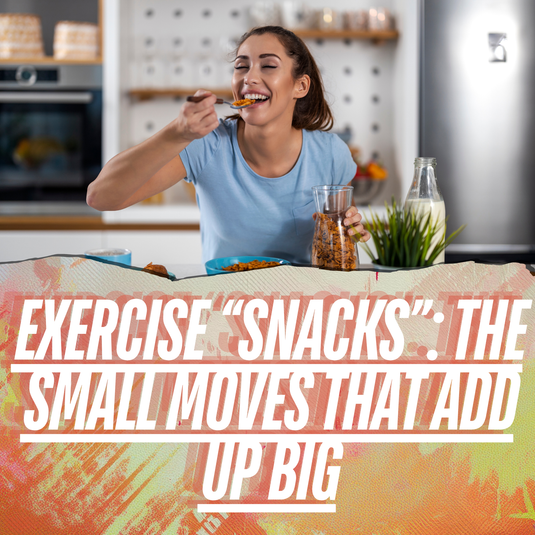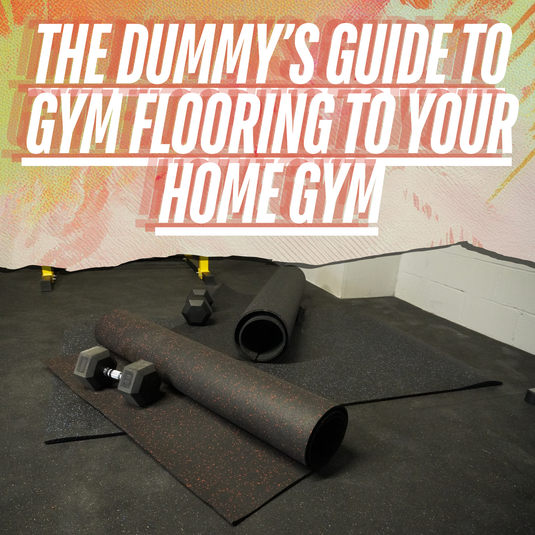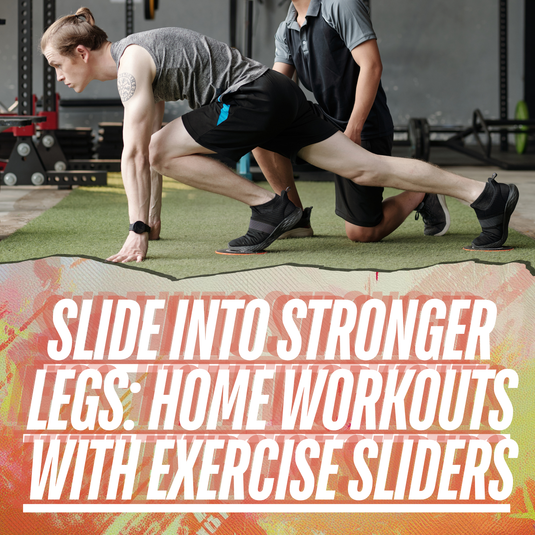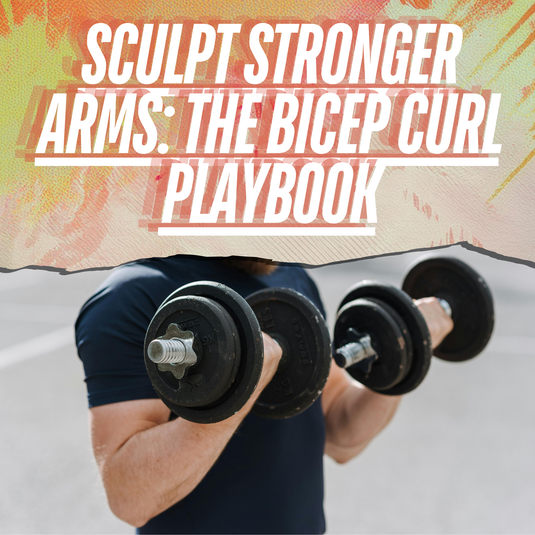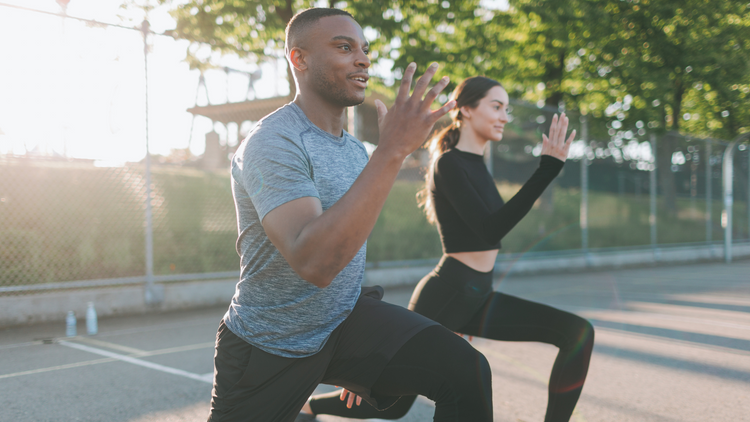Turkish Get Up Benefits: Correct Form and Steps
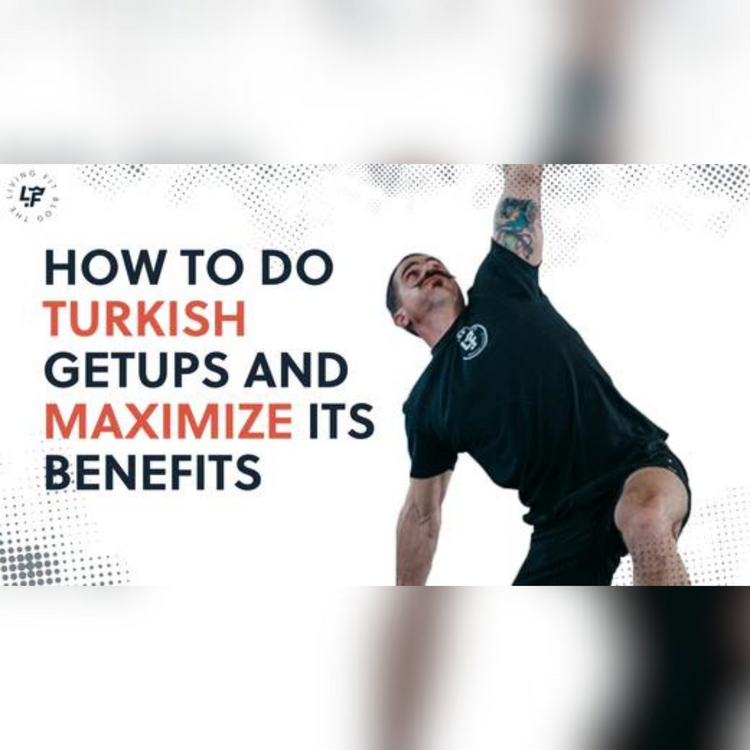
⏱️ Estimated Read Time: 6 minutes
🧠 TL;DR
- Turkish Get Up Benefits: Correct Form and Steps offers effective, accessible movements for targeted results.
- This guide is designed to help you move smarter, build strength, and stay consistent.
✍️ Summary
This post explores turkish get up benefits: correct form and steps in a way that’s actionable and easy to follow. Whether you're new to this style of training or leveling up, it includes practical takeaways for your routine.
📚 Table of Contents
To start a debate in fitness circles, mention the Turkish Get Up. The arguments will begin automatically, and people will spend more time—and calories—arguing about this exercise than they usually spend on their daily workouts.
The thing about these debates is that they'll tell you more about the people doing the discussion than they'll let you know about the exercise. Bodybuilders and those seeking maximum gains in hypertrophy will say it's not worth your time.
On the other hand, those seeking functional strength will tell you it's a fantastic exercise for developing the kind of strength that will be helpful outside of the gym.
I'm one of those people who wants functional strength. As a practitioner of Brazilian Jiu Jitsu, a pumped-up bodybuilder's physique would be a disadvantage. The ability to cultivate strength and power in multiple directions—that's a huge advantage! And training those smaller stabilizing muscles as well as my major muscle groups? That's icing on the cake!
Benefits of the Turkish Get Up
The benefits of Turkish Get Up go well beyond the worlds of sports and martial arts. As we get older, one of the most significant risks we face is falling. In our aging population, these falls often lead to broken bones, and the statistics linking broken bones—especially broken hips—and mortality are frightening.
That's another reason to practice Turkish Get Up. I'm no longer a spring chicken, so I'm a lot more concerned about having the full-body muscular development that will keep me from falling flat on my face. Huge biceps and a broken hip won't get me anywhere
So, Let's Talk About the Turkish Get Up
The Turkish Get Up can be thought of as several exercises rolled into one. For some, that feels over complicated but it does have significant benefits. First off, it's not dull! There's much more going on here than a bicep curl's repeated flexion and extension. Plus, you'll realize that you can break it up into different units or sections if you wish. If you're a beginner, you can master the Get Up piece by piece, giving you a long-term goal in your training program. Learning how to do a Turkish Get Up can be a rewarding experience.
The Turkish Get Up also rewards you while you are learning it. As you start learning the components of the Get Up, you'll likely perform movements slowly. What does that mean? Time under Tension!—a strength trainer's best friend! Even after you master the Get Up, you'll probably still find yourself moving carefully instead of cramming out reps at a dizzying pace.
So, Let's Go Through the Turkish Get Up, Step by Step.
First off, is the Roll and Press.
You'll see variations of the Get Up, but this is a largely traditional version that prioritizes safety. Understanding the Turkish Get Up steps is crucial for performing it correctly:
Begin with the kettlebell to your side:
Even with your shoulder. We'll begin in a fetal position facing the bell to ensure control of the bell. Since the bell is on my right side, I'll slide my right (pressing) hand under the handle and place my left hand over the handle for support.
Once you have a secure hold of the bell, roll it onto your back
So that the bell is over your sternum. You'll find that your hands are in a pistol grip around the kettlebell's handle.
From here, press the bell straight up,
Use your right arm for power and your left to help stabilize the bell. The bell should remain above your chest, and your palm should parallel your torso. Do NOT allow the bell to drift over your face, and do NOT allow the bell's weight to rotate your arm or wrist.
Next, we move to the Fall Off and Roll-Up:
At this point, you want to be sure of your control of the bell. If you are uncertain of your ability to keep the kettlebell steady, you should reverse these steps, return the bell safely to the ground, and select a lighter bell. You can even perform the Get-Up without any weight if you feel safer perfecting the movements before adding resistance.
Once you can control the bell with your right hand, it's time to allow your left arm and left leg to fall off to your left side. Some people suggest that both your left arm and left leg lie at a 45-degree angle from your body; however, I find a 60-degree arm angle a bit better as we move forward. From this point, you want to keep your eyes on the kettlebell to ensure that you have complete control over it.
From here, we begin to rise off the floor by rolling onto our left elbow.
Notice that my right leg has remained bent this entire time. Now, we'll use that right foot as a brace as we roll onto our left elbow and raise our back off the floor. My eyes are still firmly on that bell.
As you roll up onto your left elbow,
You want to maintain a vertical alignment with both arms. Also, keep your shoulders activated, with the arm "packed" into the shoulder socket. Notice below how both shoulders are activated, and I'm not allowing the weight of the kettlebell to collapse my right shoulder or my body's weight to collapse my left shoulder.
Once on your elbow, it helps to swing the left forearm back so that you can raise yourself on that hand:
The next step in the Get-Up is the Leg Swing and Kneel-in-Base:
Now that we have the bell and our back in the air, it's time to raise our trunk entirely off the ground. To get ourselves up, we need to bring our left leg to a position underneath our center of gravity, which will be in our upper torso, approximately below the kettlebell.
Fortunately, this is easier than it sounds.
The first step is to raise our trunk off the ground by pushing up on our left hand and right foot. (Meanwhile, our eyes are still firmly on that kettlebell.) Essentially, we are doing a plank on two limbs.)
Once we've elevated our trunk, we have the room to slightly lift our leg, bend our left knee, and swing our left leg underneath our trunk so that we can begin to rest our weight—and the kettlebells!—on our left hand, our left knee, and our right foot.
Finally, we complete our ascent with a Hip Dip, Pop-Up, and Gate Swing:
We're now ready to lift our hands from the ground and place all our weight on our legs. For many people, this is easier to accomplish if we dip our hips as we lift our hands. This helps to square the center of our weight above our legs and prevents us from toppling over.
Want more guidance? Check out our Weekly Dumbbell Workout #1.
📝 FAQs
How often should I do these exercises? +
2–3 times per week is a good starting point for most people.
Do I need equipment? +
Many of these can be done with just your bodyweight or a single kettlebell or dumbbell.
Can beginners do these routines? +
Yes! These movements are designed to scale with your fitness level.


